Picture Of The Day - November 9, 2018

Picture of the Day - November 9, 2018
Crescent gas giant over an asteroid moon.
More Posts from Sharkspaceengine and Others

The shadow of a moon's eclipse is visible across this gas giant’s rings.

Picture of the day - November 14, 2018
Twin suns begin rising over an airless Mercury-Like planet.

Picture of the day 2 - November 15, 2018
Shepard moon orbiting within a ring gap of a giant planet.

The active atmosphere of a Venus-like planet, baking under its sun.
Insight A System (Outer 4 Planets)
Here are the outer 4 planets orbiting Insight A. Each planet has a large ring systems.
Insight A-VI (0.65 Earth masses, Water World with life, 1.10 AU)

Insight A-VII (3.10 Earth masses, Cold Desert World, 1.97 AU)

Insight A-VIII (15.46 Earth Masses, Ice Giant, 4.01 AU)

Insight A-IX (17.40 Earth Masses, Ice Giant, 7.34 AU)

Space Engine System ID: RS-5581-42-6-76887-1116 A

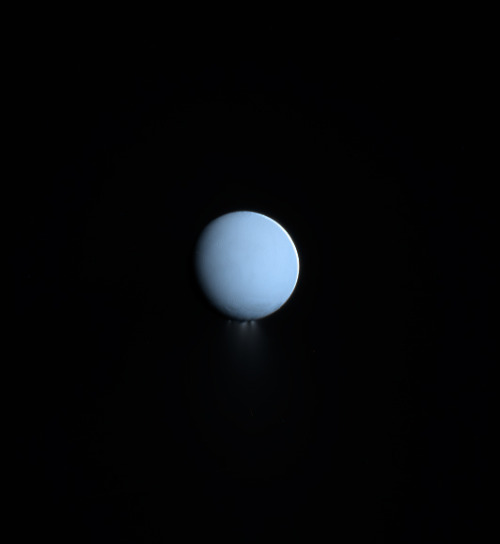



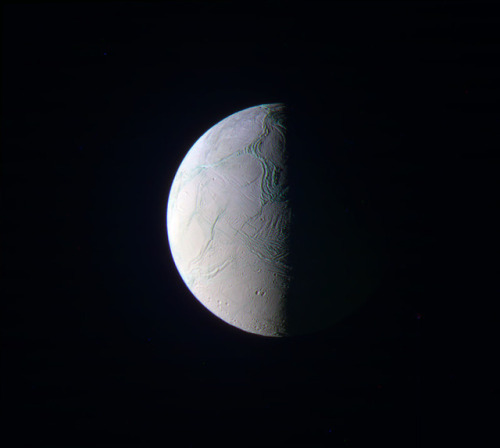

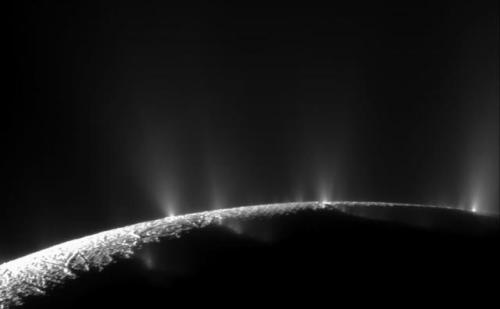

Enceladus
Enceladus is one of the major inner moons of Saturn along with Dione, Tethys, and Mimas. It orbits Saturn at a distance of 148,000 miles (238,000 km), falling between the orbits of Mimas and Tethys. It is tidally locked with Saturn, keeping the same face toward the planet. It completes one orbit every 32.9 hours within the densest part of Saturn’s E Ring, the outermost of its major rings, and is its main source.
Enceladus is, like many moons in the extensive systems of the giant planets, trapped in an orbital resonance. Its resonance with Dione excites its orbital eccentricity, which is damped by tidal forces, tidally heating its interior, and possibly driving the geological activity.
Enceladus is Saturn’s sixth largest moon, only 157 miles (252 km) in mean radius, but it’s one of the most scientifically compelling bodies in our solar system. Hydrothermal vents spew water vapor and ice particles from an underground ocean beneath the icy crust of Enceladus. This plume of material includes organic compounds, volatile gases, carbon dioxide, carbon monoxide, salts and silica.
With its global ocean, unique chemistry and internal heat, Enceladus has become a promising lead in our search for worlds where life could exist.

In 2005, Cassini’s multiple instruments discovered that this icy outpost is gushing water vapor geysers out to a distance of three times the radius of Enceladus. The icy water particles are roughly one ten-thousandth of an inch, or about the width of a human hair. The particles and gas escape the surface at jet speed at approximately 800 miles per hour (400 meters per second). The eruptions appear to be continuous, refreshing the surface and generating an enormous halo of fine ice dust around Enceladus, which supplies material to one of Saturn’s rings, the E-ring.
Several gases, including water vapor, carbon dioxide, methane, perhaps a little ammonia and either carbon monoxide or nitrogen gas make up the gaseous envelope of the plume.
Read more at: solarsystem.nasa.gov
Image credit: NASA/JPL/Cassini & Kevin Gill
Glowing Sky

Picture of the Day 2 - November 4, 2018
Auroras glow brilliantly over a lunar sky with the Milky way Galaxy looming large.
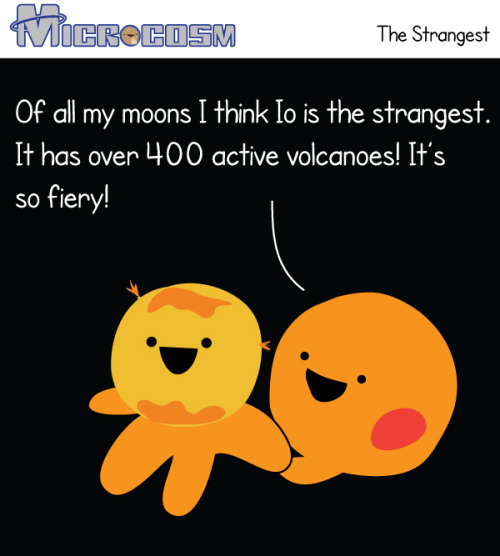



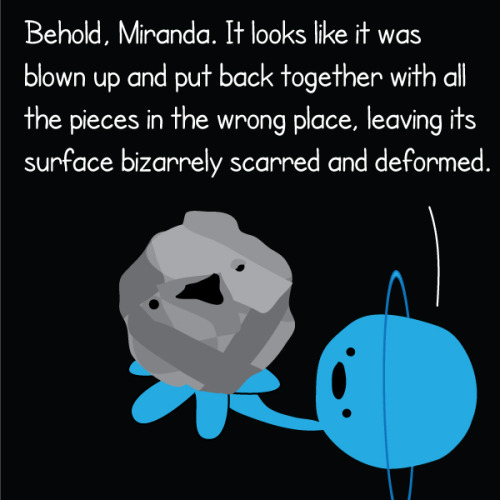

We really do have some weird moons in our solar system!
-
 moodboardmix liked this · 6 years ago
moodboardmix liked this · 6 years ago -
 omercick34-blog reblogged this · 6 years ago
omercick34-blog reblogged this · 6 years ago -
 sharkspaceengine reblogged this · 6 years ago
sharkspaceengine reblogged this · 6 years ago
My Space Engine Adventures, also any space related topic or news. www.spaceengine.org to download space engine. The game is free by the way. Please feel free to ask me anything, provide suggestions on systems to visit or post any space related topic.Check out my other blog https://bunsandsharks.tumblr.com for rabbit and shark blog.
294 posts

